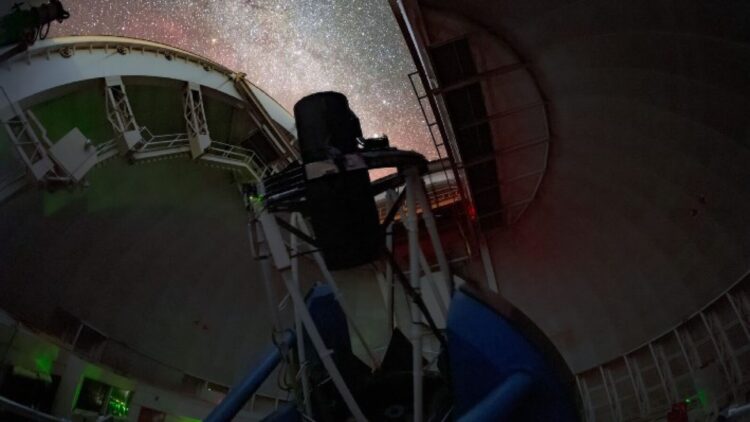According to research and documented information as a reference, Albert Einstein predicted that there is what we call enigmatic dark energy. This is the energy we may never find. Various science publications reveal an unbelievable structure that grew over a billion years.
The enigmatic dark energy and who predicted it
Einstein is credited for shaping our lives based on scientific findings and there is also another one predicted correctly. Symmetry Magazine reports that a new study using data from the Dark Energy Spectroscopic Instrument has traced how this cosmic structure grew over the past 11 billion years, providing the most precise test to date of gravity at very large scales.
Referred to as DESI, this is an international collaboration of more than 900 researchers from over 70 institutions all over the globe and it is managed by the US Department of Energy’s Lawrence Berkeley National Laboratory.
Based on their new study, it is published that DESI researchers discovered that gravity behaves as predicted by Einstein’s theory of general relativity.
While this energy is not an energy that we can use to create electricity, it is much less renewable because it is not really known what it can be. However, there are theoretical projects to mine it, but none of them are realistic because it has never been detected.
A Cosmologist Pauline Zarrouk from the French National Center for Scientific Research working at the Laboratory of Nuclear and High-Energy Physics, who co-led the new analysis says “General relativity has been very well tested at the scale of solar systems, but we also needed to test that our assumption works at much larger scales.”
“Studying the rate at which galaxies formed lets us directly test our theories and, so far, we’re lining up with what general relativity predicts at cosmological scales,” she added.
In addition, The Moment has gathered that the study also provided new upper limits on the mass of neutrinos, the only fundamental particles whose masses have not yet been precisely measured.
Data based on DESI’s results
The science website continues to report that today’s results provide an extended analysis of DESI’s first year of data, which in April this year made the largest 3D map of our universe to date and revealed hints that dark energy might be evolving over the years.
Furthermore, the test conducted in April also looked at a particular feature of how galaxies cluster known as baryon acoustic oscillations, or BAO.
“The new analysis called a “full-shape analysis,” broadens the scope to extract more information from the data, measuring how galaxies and matter are distributed on different scales throughout space,” added the publication.
“Both our BAO results and the full-shape analysis are spectacular,” says Professor Dragan Huterer from the University of Michigan and co-lead of DESI’s group interpreting the cosmological data.
Huterer argued that this is the first time that DESI has looked at the growth of cosmic structure.
“We’re showing a tremendous new ability to probe modified gravity and improve constraints on models of dark energy. And it’s only the tip of the iceberg,” he said.
DESI is a state-of-the-art instrument that can capture light from 5,000 galaxies simultaneously. It was constructed and operated with funding from the DOE Office of Science. The experiment is now in its fourth of five years surveying the sky and plans to collect roughly 40 million galaxies and quasars by the time the project ends.
The collaboration is currently analyzing the first three years of collected data and expects to present updated measurements of dark energy and the expansion history of our universe in spring 2025.
Einstein’s prediction on dark energy
In sharing their version of Einstein’s prediction, Space.com reports that the celebrated physician or scientist published his theory of general relativity in 1915.
This has over 100 years remained humanity’s best description of gravity for the past and Cosmologists have used general relativity to model how the cosmos has evolved.
Perhaps unsurprisingly, this test, which has traced the evolution of the universe since it was around 3 billion years old, has once again shown general relativity to be the right “recipe” for gravity.

